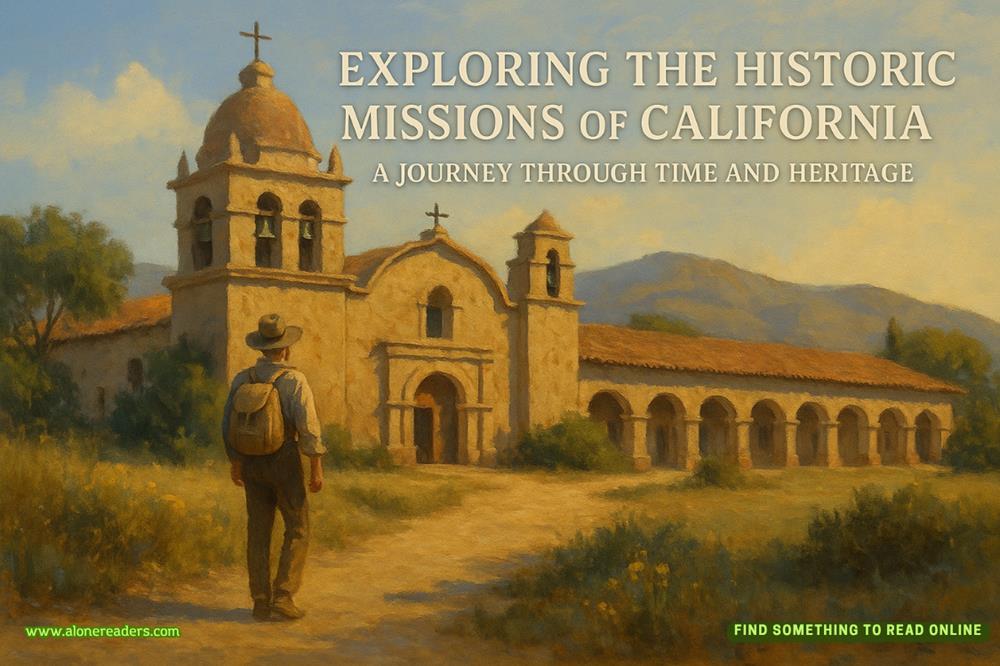The assistants led us to changing areas on opposite sides of the room. My costume was a rich emerald-green silk wrapped and pleated in an intricate fashion that required two people to assemble. The traditional Thai costume included dozens of elements—base pants, various sashes and cloths wrapped in precise configurations, a structured jacket with ornate embroidery, and finally, the tall, spired golden crown that weighed several pounds.
When I emerged, feeling both regal and ridiculous, Ray was already struggling in his costume of burgundy silk. The golden shoulder pieces kept slipping, and he was batting away the assistant’s hands as she tried to adjust his crown.
“I can’t move in this,” Ray complained, tangling himself in the long, wrapped silk garment. He looked completely out of his element—my athletic husband, who could scale a cliff face or navigate white water rapids without breaking a sweat, undone by a Thai dance costume.
“Stop fidgeting,” I advised. “You’re making it worse.”
“Easy for you to say,” he grumbled. “You look perfectly comfortable. Like you were born to wear a pointy hat and fake nails.”
In truth, I was surprised by how quickly I’d adapted to the restrictive costume. There was something oddly familiar about the controlled movements it required—the precise positioning, the attention to detail, the pattern recognition.
I caught Cody filming out of the corner of my eye. He never made any judgment about what he was seeing, just filmed us as we were.
Khun Malai clapped her hands sharply. “Now we learn meaning of Ram Thai. Every movement tells story.” She gestured to a large, illustrated scroll on the wall. “Our dance today tells story of Ramakien—Thai version of Ramayana epic. You will portray scene where Hanuman, monkey god, helps Rama find his beloved Sita.”
She demonstrated a hand position where the thumb touched the middle finger, with the other fingers extended. “This is ‘dok bua,’ or lotus flower. It symbolizes purity and divine beauty. When used in dance, it represents Sita’s pure heart.”
The male models arrived then, followed quickly by the sorority sisters.
Next, Khun Malai showed us a more angular position with the hands at different levels. “This is ‘Singh,’ the lion. It represents strength and protection—Rama’s qualities as warrior king.”
For the next hour, we learned not just the positions but their cultural significance—how certain movements represented elements like wind and fire, how specific head tilts indicated emotions from love to fear, how even eye movements carried meaning in the intricate storytelling system.
By then, all the remaining teams were there, having varying degrees of success. Alex and Ross did the best, all their years of training for the runway coming in handy. Gemini and Blaine did well also, after much pageant practice. Adrienne and Fletcher were good at following orders. Zara and Maddox seemed to have the most trouble.
Maybe all those years of watching Ray’s training had taught me something about body control as well. The dance teacher kept nodding approvingly as I copied her movements, the golden fingernails extending my gestures into elegant, flowing shapes.
“Very good,” she praised, demonstrating the next sequence. “This movement tells of Hanuman flying across ocean. Hands like wind, feet like clouds. It shows journey of devotion.”
Ray, on the other hand, looked like a drunken giraffe trying to navigate a china shop. His crown kept slipping sideways despite the assistant’s efforts to secure it, and he couldn’t get the hang of the finger positions. His athletic grace, so evident in every sport he attempted, had completely abandoned him in this context.
“How are you doing this?” he demanded after his third stumble, nearly colliding with a mirrored wall as he tried to execute a simple turn. Frustration radiated from him in palpable waves. Ray wasn’t used to being the less capable one in physical challenges.
“It’s like coding,” I said, trying to find an analogy that would help. “You have to follow the pattern. Break it down into discrete steps, then execute them in sequence.” I demonstrated the movement again, more slowly. “See? Step, bend, wave, turn.”
“I’m not a computer, Jeffrey,” he said, exasperation clear in his voice.
“No, but you are an athlete. Think of it like a playbook. Each move is part of a larger strategy. And remember what the movement means—you’re Hanuman crossing the ocean to save Sita. Let the story guide your movements.”
His brow furrowed in concentration. “Show me again.”
I walked him through the sequence once more, verbalizing each movement and its meaning. “Right foot forward, toes pointed—this represents determination. Bend at the waist, keeping your back straight—showing humility before the gods. Right hand moves outward while left hand pulls inward—the balance of giving and receiving. Then pivot on your right foot while bringing your arms up like this—Hanuman taking flight.”
He grumbled something under his breath about preferring a kayak paddle to gold fingernails, but he started copying my movements instead of the teacher’s. His athletic discipline kicked in, and he began to improve, breaking down each movement into its component parts while trying to connect with the story.
“Where did you learn to dance like this anyway?” he asked between sequences, his breath coming a bit faster than usual. “You’ve been holding out on me.”
I smiled, remembering those nights in college when dancing had been my social armor. “I used to hit the dance floor at frat parties,” I admitted. “It was my strategy for avoiding conversation. No one expects you to make small talk when you’re dancing.”
Ray’s eyebrows shot up in surprise. “You? At frat parties? I thought you spent college hiding in the computer lab.”
“Only during daylight hours,” I quipped. “Turns out dancing is the perfect activity for an introvert at a party. All pattern and rhythm, no awkward questions about your major or hometown.”
“I learn something new about you every day,” Ray said, a flash of admiration in his eyes. “Even after twenty-five years.”
After we mastered the basic movements and their meanings, Khun Malai led us to a small shrine in the corner of the room. “Before final performance, you must make offering to Phra Phikhanet—Thai Ganesha—who is patron deity of arts.”
She showed us how to properly place incense and flowers before the elephant-headed statue, then bow three times with hands pressed together at the proper height. “This shows respect for knowledge passed down through generations,” she explained. “Dance is not just entertainment, but connection to our ancestors.”















